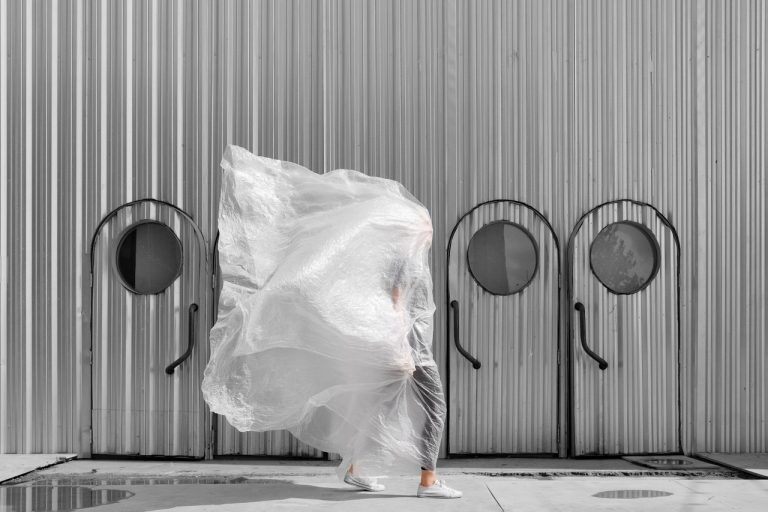For brands, sustainability must be more than an afterthought; it must be at the very core of who they are and what they do. Achieving the goal of reducing their environmental impact requires all retailers to think creatively and look for solutions across the entire value chain, including how products are displayed in stores.
Philippe Pinatel, Global President of MAC Cosmetics, explains that “the brand’s values, including its commitment to environmental sustainability, are no longer a ‘nice to have’ but a must-have, and we all need to play our part.” MAC sees its stores and counters as an opportunity to not only reduce its impact on the environment, but also to educate consumers about its efforts and invite them to join MAC in its sustainability efforts. One area the brand is focusing on is packaging. “Due to its size and the fact that it is made up of multiple parts or materials, cosmetic packaging is not widely accepted by recycling facilities around the world. Through our Back-To-MAC program, we invite consumers to bring their empty products back to us for collection in our highly visible green ‘take-back’ bins located in participating MAC stores. We recycle what can be recycled, and what cannot be recycled is converted into energy,” explains Pinatel.
In a recent statement, Nike’s Chief Sustainability Officer Noel Kinder emphasized the importance of putting sustainability at the core of the business. According to Kinder, “If we want a more sustainable business, we need to embed sustainability in every aspect of the business. Everyone has a role to play, and we need to give people specific, measurable goals to strive for.” Nike considers sustainability a key performance indicator alongside cost per unit, accuracy of delivery, and quality, making it central to its purpose as a company. “It’s not just what we do or what we believe. It’s who we are,” Kinder says. In 2021, Nike saw an opportunity to move away from using virgin plastic and steel display stands for more sustainable alternatives in its new Toronto concept store. By partnering with Arch & Hook, these key fixtures were made from recycled post-consumer waste, featuring an attractive speckled terrazzo-style design. These new fixtures could be easily packed flat, reducing emissions during transportation as well.
Click on the image to download the e-book
Getty Images
Making sustainability the new normal
Many fashion and retail brands are vocal about their sustainable practices and express their enthusiasm for addressing environmental issues, but their environmental commitments haven’t kept up with their words. To truly deliver on their promises, they need to find new partners who can help them develop more sustainable practices. Brands like Arch & Hook are now helping a wide range of retail partners bring their sustainability message to life and create meaningful change. “Our drive is to answer questions that haven’t been asked yet — to find solutions to problems that we can see and predict,” Fauser explains. “That’s how we became a materials engineering company. We predicted a global need for large-scale sustainable solutions. That need is urgent now.”
Finding more sustainable materials is just one of the challenges the industry faces in transitioning to more sustainable ways of working. “Fundamentally, we’re using so many resources in so many different ways and ultimately generating so much waste,” says Josie Warden, head of regenerative design at RSA. “If we have the ambition to use fully recycled materials, [materials]At the moment, that infrastructure doesn’t really exist.”
But there is hope. For some industries, this decade has been one of massive transformations that were unimaginable before the turn of the century. At the start of the new millennium, it seemed like the internal combustion engine would be around forever and coal would remain a central part of the energy system. Hopefully, both of these technologies will soon fade into history. The fashion industry is just beginning to transform itself, upending its business models, supply chains and production methods. This upheaval will be seismic, upending more than half a century of reliance on virgin plastics derived from fossil fuels. But the opportunities for material innovation are enormous, ushering in an era of smarter, recyclable and reusable materials that can build a more sustainable world.
To find out more about Arch & Hook, click here.
For more information about WIRED Consulting, click here.
This article was first published by WIRED UK.


